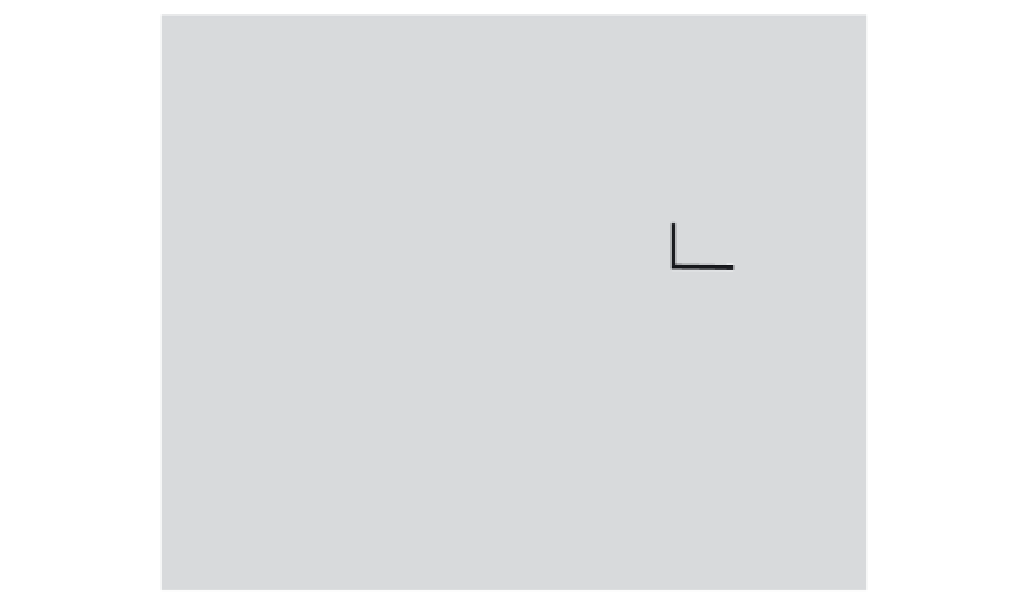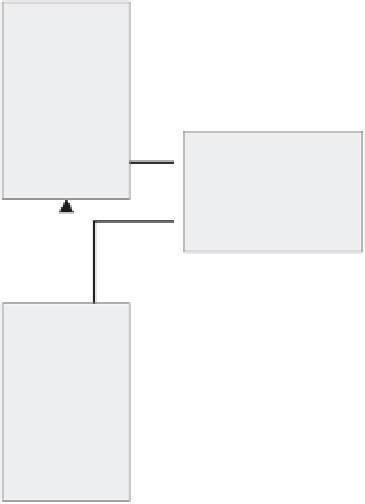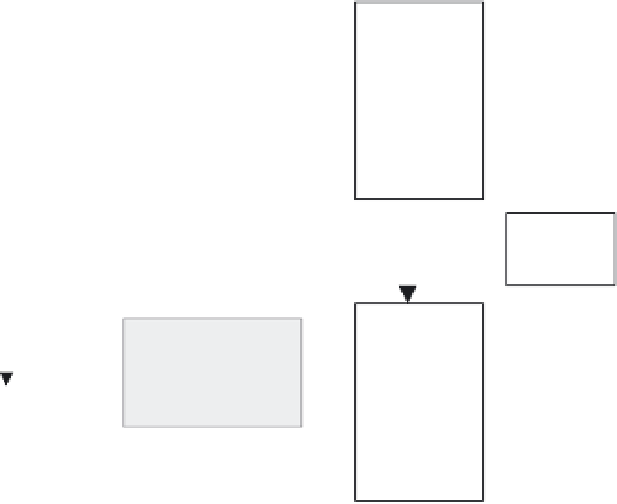Environmental Engineering Reference
In-Depth Information
Human
influences:
External
sanitation
measures:
External nutrient inputs
Wastewater
treatment,
Industry,
agriculture,
recreation,
others
sewage
diversion
Point
sources
Non-
point
sources
LAKE
RECOVERY
Wind, light,
temperature
Internal nutrient
loading
Limnological
characteristics
Inlake
restoration
Hydrology
(nutrient
decrease)
Lake's
morphometry,
geology
LAKE
Biomanipulation
Fig. 12.5
Schematic representation of factors causing an increase in nutrient loading via external inputs, which
also result in an increase of internal loading, and restoration measures (white boxes) leading to lake recovery.
From Gulati (1989); see also Ryding (1981).
measures. In acid-water lakes, prevention of atmo-
spheric emissions into the lake's watershed will be
considered as an external control measure and neut-
ralizing the acidity in the lake by addition of lime as
an internal control measure (see below).
We will discuss different restoration measures based
on well-documented studies and after identifying and
assessing the disturbance effects.
animal wastes (> 95% P removal) was the main P-
control measure, before discharging this treated water
into watercourses and lakes. P-containing laundry
detergents were banned in most western countries
during 1975-85 and replaced with P-free detergents.
The measures led to up to an approximately 50% reduc-
tion of the allochthonous P inputs into some lakes in
the USA.
Edmondson and co-workers (Edmondson & Lehman
1981, Edmondson 1991, 1994) successfully used diver-
sion of nutrient-rich wastes to reduce nutrient input
into Lake Washington, Seattle, USA (Cooke
et al.
1993). In Barton Broad, Norfolk, UK, about 90% of
the annual P load in the effluent from sewage-
treatment works was reduced by adding ferric sul-
phate. However, internal P loading (130 mg m
−2
day
−1
),
which was 10-fold higher than the external load
(Phillips
et al.
1994), resisted the improvement in water
quality. In Esthwaite Water in the English Lake
District, the removal of P from the sewage effluent,
which contributed to 47- 67% of the total P loading,
12.3.1 Reduction of external nutrient loads
Ryding and Rast (1989) have assessed in detail the
methods to control external sources of nutrients.
Several workers (see examples in Sas
et al.
1989) have
reviewed the response of lakes to reductions in exter-
nal P loads. Both diversion of nutrient-rich inflows
and reduction of nutrients in the inflows are principal
measures to reduce nutrient inputs into lakes (Cooke
et al.
1993). During the 1970-80s in western Europe
and North America tertiary treatment of sewage and




























